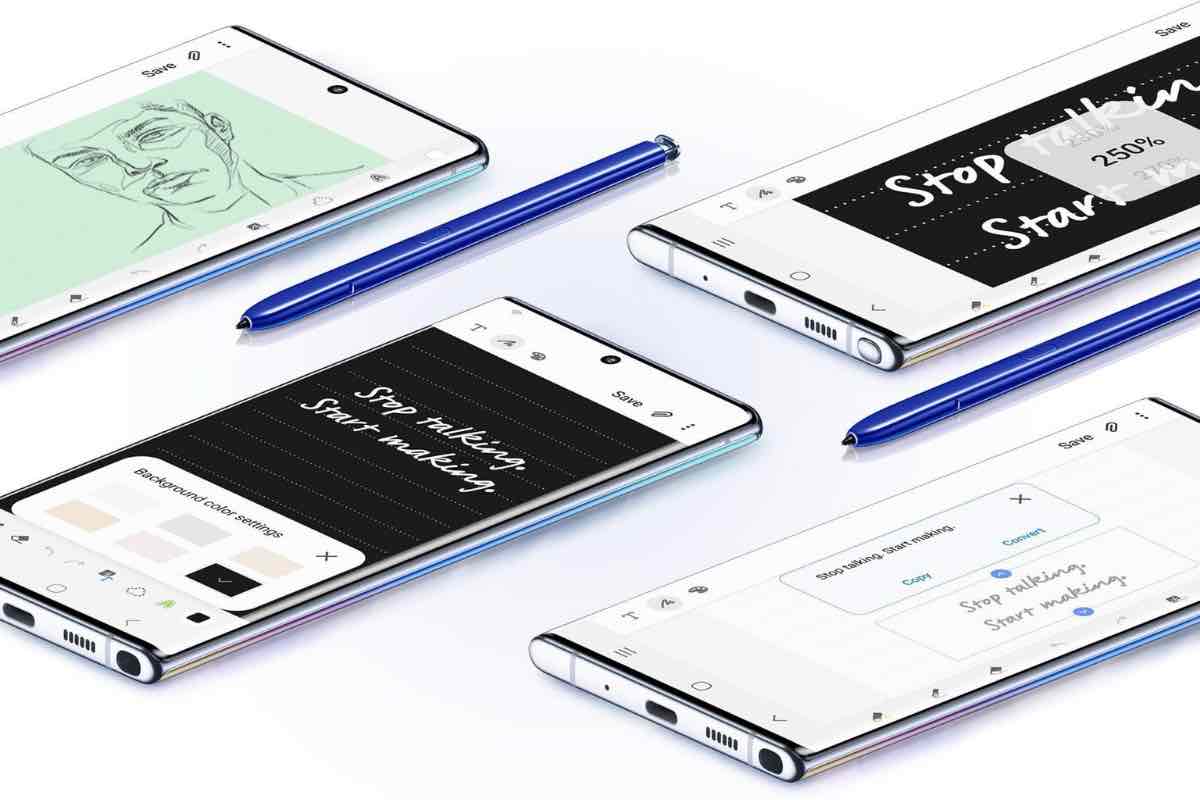How times change. And fast, mind you. I often reminiscence about this in my reviews and in conversations when we chart out the evolution of smartphones as we know them today. A lot of that has to do with the screen size of smartphones. Not too long ago, a 4.5-inch screen phone was considered big. Then we humans pushed the boundaries to 5-inches. Pretty soon, those seen carrying around 5.5-inch screen size phones were looked at with the sort of respect that suggested they were indeed brave when it came down to choices in tech. And big hands. Fast forward to now, and the Samsung Galaxy S20 Ultra (which I absolutely adore on a personal level) makes a 6.9-inch screen size very relevant, very usable and very much in vogue. But all credit, and there is no two ways about it, for making large screen phones fashionable and relevant through the years goes to the Samsung Galaxy Note series. If persistence ever needed an illustrative example, this is it.
At this time, all eyes are on Samsung’s upcoming annual Unpacked virtual event on August 5, where the next evolution of the Galaxy Note chapter is expected to be unveiled. Even though the vibrance and excitement in Samsung’s smartphone line-up has substantially increased over the past year and a bit more with the foldable beauties that the Galaxy Fold and the Galaxy Z Flip are, but at no point has the importance of the Galaxy Note ever waned. In fact, the big job on Samsung’s to-do list must have been about how to give back the mantle of the largest screen size in the line-up to the next Galaxy Note 20. Or at least match it. At 6.9-inches, the Samsung Galaxy S20 Ultra currently holds the title that the Galaxy Note phones always have. For folks like me who love the ever-larger displays in smartphones, what the Galaxy Note 20 Series potentially brings can only be safely categorized as good news. Also, could be because I don’t have much else to keep in my jeans, chinos and trouser pockets anyway. Samsung’s journey with the Galaxy Note series started back in 2011.
It feels like a long time ago, but that is when the first-generation Galaxy Note smartphone arrived on the scene. A 5.3-inch display, in that era, was massive. Every year since, there has been an update which added more processing power, kept the large screens very relevant and added new features that made it stand out in a smartphone market that kept getting more and more congested. Some were more successful than others, but that is to be expected in a history as long as the Galaxy Note’s is. In fact, in 2013 and 2019, more than one variant of the Galaxy Note was released. That move is even more appreciated in 2019 when the Galaxy Note 10 and the Galaxy Note 10+ were launched, because more than ever before, it is now all about choice, a wider range and letting consumers pick something that is closest to what they need.
While the Galaxy Note phones over the years established an undeniable persona of cutting-edge smartphone user experience, they also brought back the stylus from the dead. And now the stylus, fashionably known as the S Pen in Samsung’s world, is now everywhere. Apple is selling it as a much-needed accessory with the iPad and the iPad Pro. Microsoft is selling one with the Surface convertible computing devices. HP bundles it with some laptops. And so on. Those are just few examples. A stylus that was once considered unnecessary, is now an important tool for taking notes, scribbling thoughts, doodling, serious creative work and for looking cool while walking around office. Productivity and fun.
What all can the S Pen now do? You can control the very functions of a Galaxy Note phone by waving the S Pen above the screen, if that is what you choose to do. You can even program it to take a photo or a selfie, by double clicking the nicely sculpted button on the S Pen. You can quickly jot down notes without even having to unlock the phone—quite handy when your boss is in a hurry. You can do serious artwork, alter the thickness, colour and depth depending on pressure. There is a whole suite of S Pen functionality that Samsung has baked into One UI on the Galaxy Note, and also streamlined it along the way.
There is expectation that this year as well, there will be more than one Galaxy Note 20 phone to choose from. Last year, we had the Galaxy Note 10 and the Galaxy Note 10+. No prizes for guessing which was my pick. The latter, spoiler alert, because of the bigger screen. The direct successors to the Galaxy Note 10 and the Galaxy Note 10+ will again push the performance boundaries. Make design cool again. Remember the Aurora Glow from last year? Love it. Make large displays beautiful to look at with 90Hz or 120Hz refresh rates. That’s a requirement now. Make the S Pen get a few new tricks up its sleeve. Give cameras a real big shakeup with more megapixels to play with. At the same time, Samsung has to remain cautious about not trying to do too much. The once serious phone for the serious business user who needed a large screen to read emails and work on documents, is also all about fun when it is party time. No pressure then.

